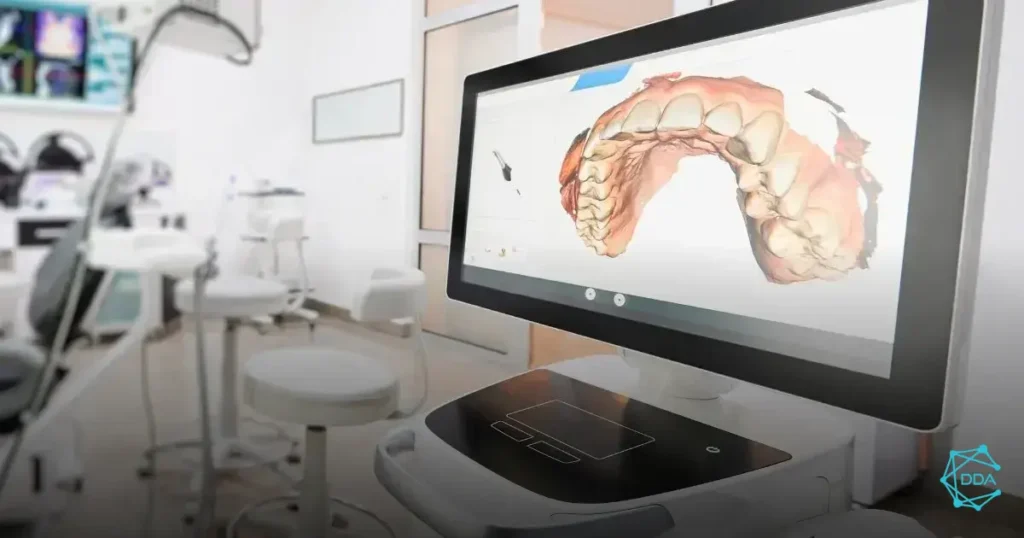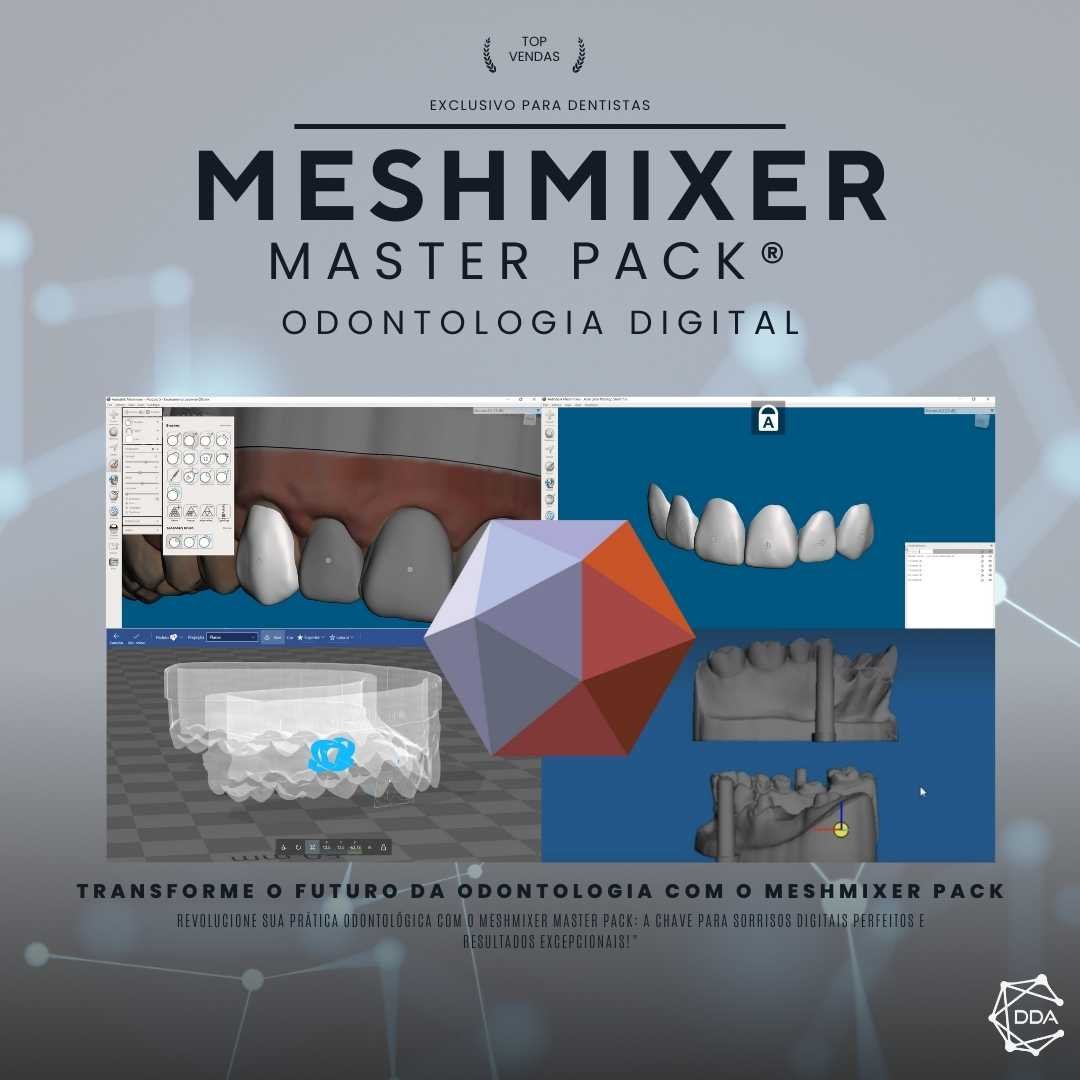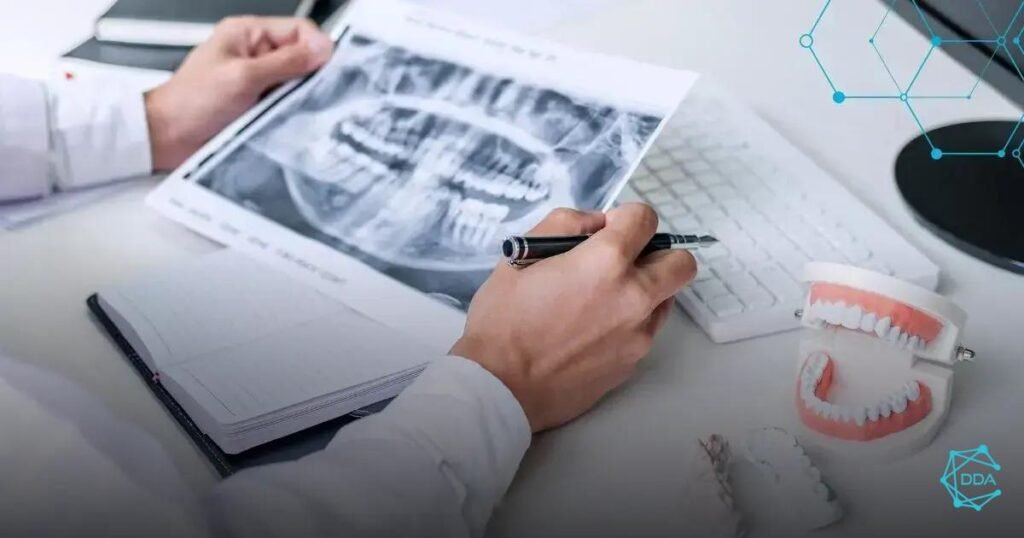Online Dental Prosthesis Course
Dentistry is a field that is constantly evolving, and technology has been playing a fundamental role in training increasingly qualified professionals. In this context, the online dental prosthesis course emerges as an innovative and convenient alternative for students and professionals who wish to improve their knowledge and skills.
In this article, we will explore the advantages, challenges and perspectives of this teaching model, considering the teaching platforms used, virtual interactivity, global accessibility and the possible transformations that remote teaching is generating in dentistry.


Teaching Platforms
Learning platforms are essential tools for modern education, offering a variety of resources and features that facilitate learning. With the evolution of technology, learning platforms have become essential for the dissemination of knowledge in virtual environments.
The use of teaching platforms provides numerous advantages, such as the possibility of personalizing teaching, interaction between students and teachers, access to diverse teaching materials and carrying out assessments in a dynamic and efficient way.
Furthermore, teaching platforms allow the integration of different multimedia resources, making the learning process more attractive and effective. The flexibility offered by these platforms also makes it possible to adapt teaching to the individual needs of each student, promoting a more inclusive and efficient education.
With the advancement of technology, teaching platforms have become increasingly sophisticated, offering innovative solutions for distance learning and hybrid learning. The integration of virtual reality tools, artificial intelligence and data analysis has revolutionized the way knowledge is transmitted and absorbed.
In view of this, teaching platforms represent a fundamental pillar for the modernization and democratization of education, enabling access to educational content in a global and inclusive way.
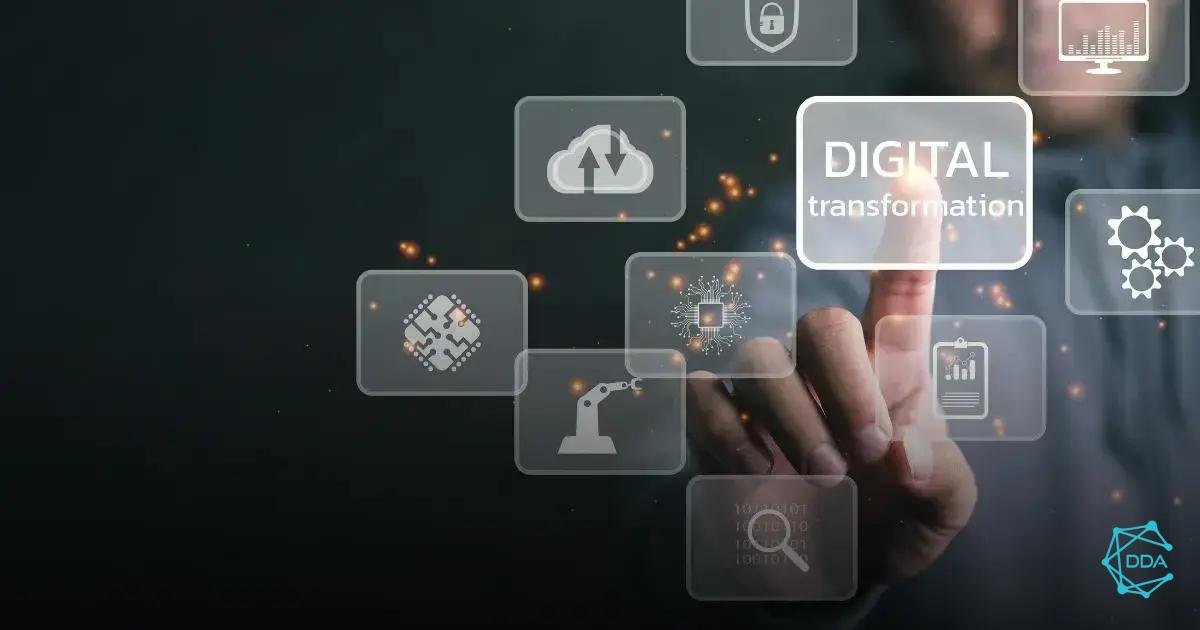

Virtual Interactivity
Virtual interactivity is one of the main trends in the field of remote learning. It allows students to actively participate in the learning process, even when they are physically distant from the teacher and classmates. Through interactive tools, students can collaborate, share ideas, carry out practical activities and participate in simulations that enrich the learning experience.
Virtual interactivity can be achieved through a variety of technologies, such as virtual reality (VR), augmented reality (AR), educational games, online collaboration tools, and virtual learning environments. These tools provide deeper immersion into the content, making the learning process more dynamic and engaging.
Advantages of Virtual Interactivity in Teaching
- Engagement: Virtual interactivity promotes greater student engagement, as it allows active exploration of content.
- Customization: Interactive tools make it possible to adapt teaching to the individual needs of each student.
- Immersive Experience: Immersion in virtual environments provides a more realistic and memorable learning experience.
- Collaboration: Students can collaborate with each other and the teacher more effectively, even remotely.
Virtual interactivity has the potential to revolutionize the way teaching is conducted, offering new possibilities for distance education and expanding learning opportunities for students around the world.
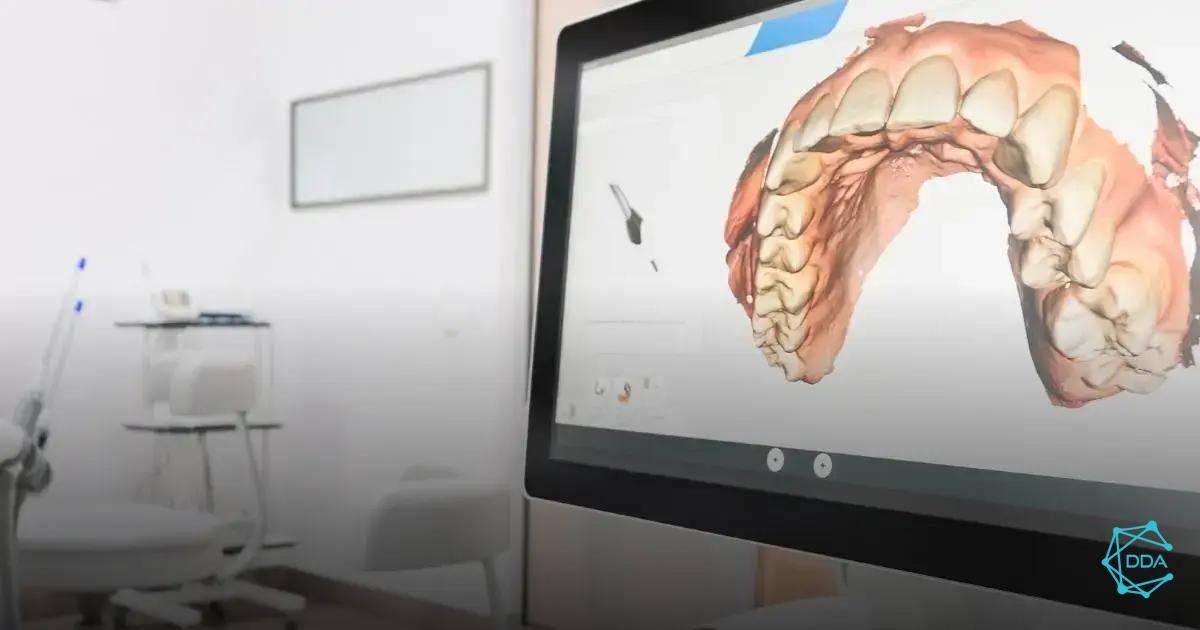

Global Accessibility
Global accessibility refers to the practice of ensuring that educational and technological resources are available and usable by people with disabilities around the world. This includes creating content and virtual environments that are accessible to everyone, regardless of their physical or cognitive limitations.
It is essential that teaching platforms and educational resources are developed with accessibility guidelines in mind, such as those established by the Web Content Accessibility Guidelines (WCAG). This ensures that people with visual, hearing, motor or cognitive disabilities have the same opportunity to access education and knowledge.
Global accessibility also involves the availability of assistive tools and technologies, as well as the promotion of inclusive practices at all levels of education. Furthermore, raising awareness about the importance of global accessibility and implementing policies and regulations that promote equal access are essential aspects of ensuring the inclusion of all students.
By prioritizing global accessibility, educational institutions and technology companies contribute to building a more equitable and inclusive environment, enabling all people, regardless of their abilities, to actively participate in society and the job market.


Perspectives for Remote Teaching
Remote learning has proven to be a viable and effective alternative for education, especially in emergency situations such as the COVID-19 pandemic. However, its prospects go beyond the context of crisis, offering significant opportunities for the future of education.
Learning Flexibility
Remote learning provides flexibility for students, allowing them to access content and participate in classes from anywhere, at any time. This opens the door to personalized learning tailored to each student’s individual needs.
Expanding Access to Education
With remote learning, geographical barriers are reduced, enabling students in remote areas or with mobility limitations to access quality education. This contributes to the democratization of education and the inclusion of historically underrepresented groups.
Pedagogical Innovation
The virtual environment offers countless possibilities for pedagogical innovation, integrating multimedia resources, interactive simulations, educational games and other tools that enrich students' learning experience.
Digital Skills Development
Remote teaching encourages the development of essential digital skills for the 21st century, preparing students for an increasingly technological and connected world.
In summary, the outlook for remote learning is promising, offering opportunities for transformation and continuous improvement in the field of education.

